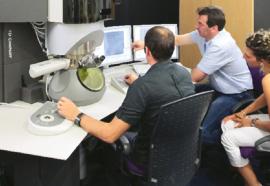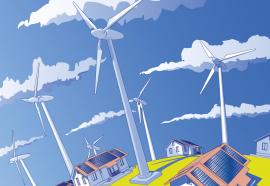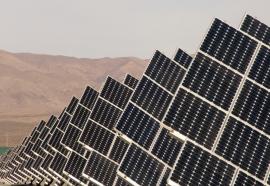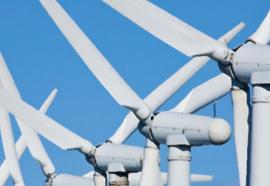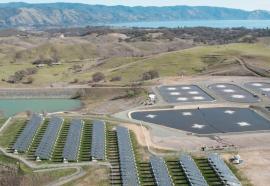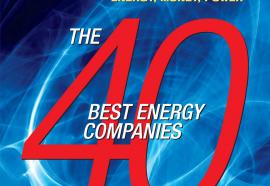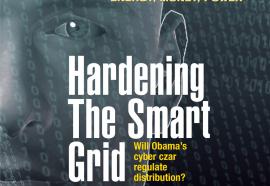Vendor Neutral
Generation
FEI Company, a diversified scientific instruments company providing electron and ion-beam microscopes and tools for nanoscale applications, completed a multiple system installation at the Materials Ageing Institute (MAI) in France, a utility-oriented research center financed by Electricite de France, the Tokyo Electric Power Co., the Kansai Electric Power Co. and the U.S. Electric Power Research Institute.


